Boosting Engagement with A/B Testing Rich Media
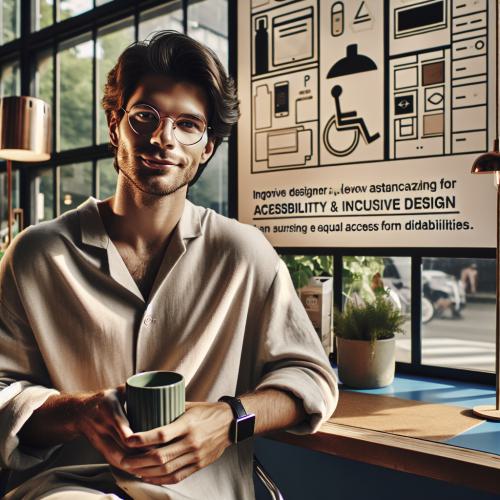

Opening Hook
Imagine you're the marketing manager for a thriving e-commerce brand. You've carefully crafted your latest product campaign, complete with engaging visuals and a compelling call-to-action. But when you launch the campaign, the results are less than stellar. Site traffic is lower than expected, and your conversion rates are stagnant. What went wrong?
The answer may lie in the power of A/B testing rich media. By methodically testing different elements of your visual content, you can uncover hidden insights and optimize your campaigns for maximum engagement.
The Journey into A/B Testing Rich Media
A/B testing, at its core, is the process of comparing two versions of a digital asset to determine which one performs better. In the context of rich media, this could mean testing different images, videos, or interactive elements to see how they impact key metrics like click-through rate, time on page, and conversions.
The beauty of A/B testing rich media is that it allows you to make data-driven decisions, rather than relying on guesswork or personal preferences. By systematically testing various visual elements, you can gain a deeper understanding of what resonates with your target audience and fine-tune your campaigns accordingly.
Defining Your A/B Testing Goals
Before you dive into the world of A/B testing, it's essential to clearly define your goals. What exactly are you hoping to achieve? Are you aiming to increase website traffic, boost engagement, or drive more sales? Identifying your primary objectives will help you determine the most meaningful metrics to track and the specific elements to test.
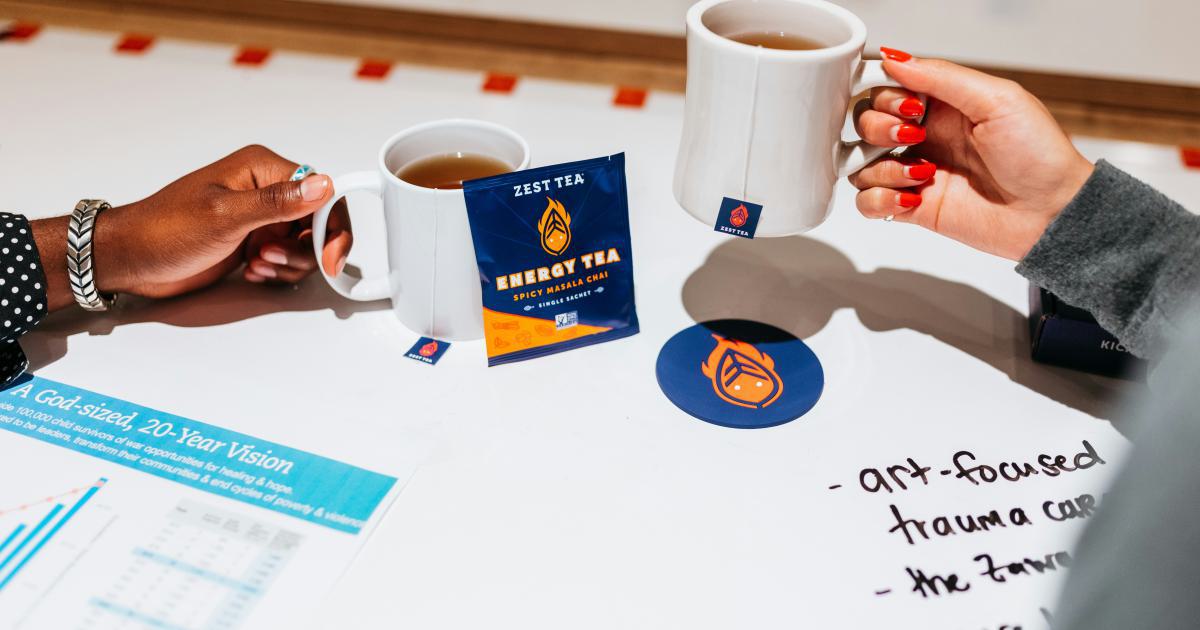
For example, if your goal is to improve the click-through rate on a product page, you might start by testing different hero images or call-to-action buttons. Alternatively, if you want to increase the average time spent on a blog post, you could experiment with various multimedia elements, such as informative infographics or captivating video content.
Understanding the A/B Testing Process
The A/B testing process typically follows these key steps:
Identify Testable Elements: Determine which visual elements of your campaign or website you can feasibly test, such as images, videos, CTAs, or layout variations.
Develop Test Variations: Create two or more versions of the selected element(s) that differ in a specific way, such as color, size, or messaging.
Set Up the Test: Implement the test variations on your website or digital platform, ensuring that each version is served to a randomized and equal percentage of your audience.
Collect and Analyze Data: Monitor the performance of each variation, tracking relevant metrics like click-through rate, conversion rate, or engagement time.
Determine the Winner: Analyze the test data to identify the variation that performed significantly better than the others, and declare it the winner.
Implement the Winning Variation: Incorporate the winning variation into your live campaign or website, replacing the previous version.
Iterate and Repeat: Continuously test new elements to optimize your rich media and uncover even greater improvements in engagement and performance.
Leveraging Rich Media for A/B Testing
Rich media, which encompasses a wide range of visual and interactive content, offers a wealth of opportunities for A/B testing. Here are some of the most common and impactful elements you can test:
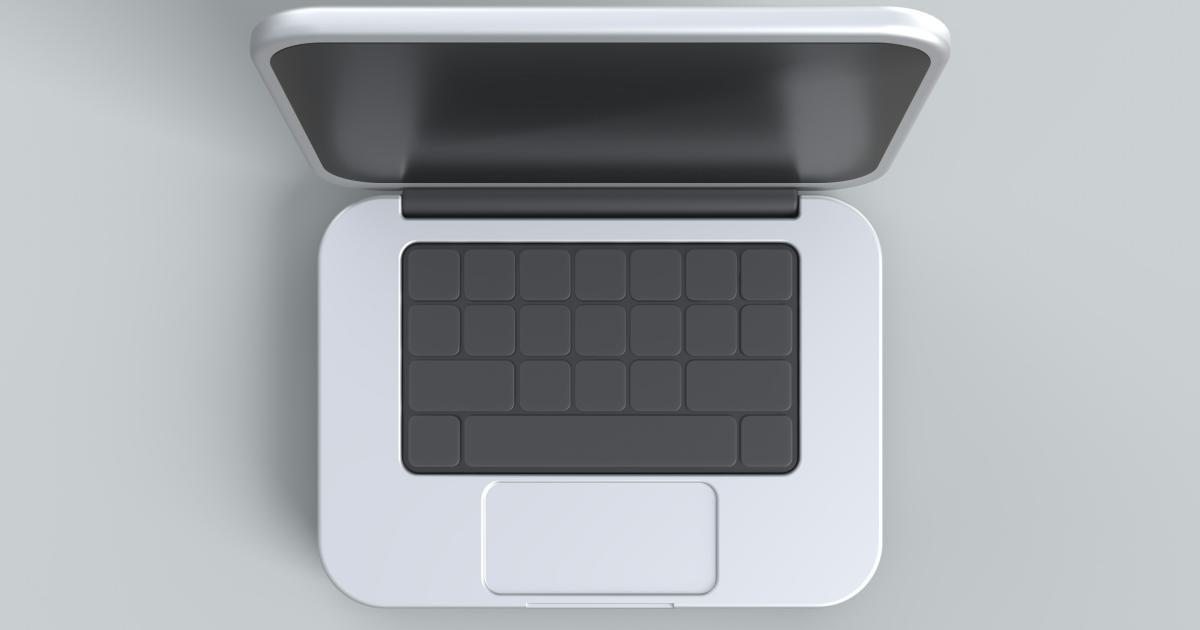
Images: Test different product images, hero images, or lifestyle photos to see how they impact click-through rates, time on page, and conversions.
Videos: Experiment with various video styles, lengths, or CTAs to determine which ones resonate best with your audience.
Infographics: Compare the performance of different infographic designs, data visualizations, or informational layouts.
Interactive Elements: Test interactive features like product configurators, quizzes, or augmented reality experiences to gauge their impact on engagement and conversion.
Animation and Motion: Explore the use of animated GIFs, scrolling effects, or micro-interactions to enhance the user experience and drive higher engagement.
By methodically testing these rich media elements, you can uncover a wealth of insights about your audience's preferences and behavior, ultimately leading to more effective and impactful campaigns.
Establishing a Culture of Experimentation
Adopting a culture of experimentation is crucial for successful A/B testing of rich media. This means fostering an environment where teams are encouraged to take calculated risks, learn from both successes and failures, and continuously iterate on their ideas.
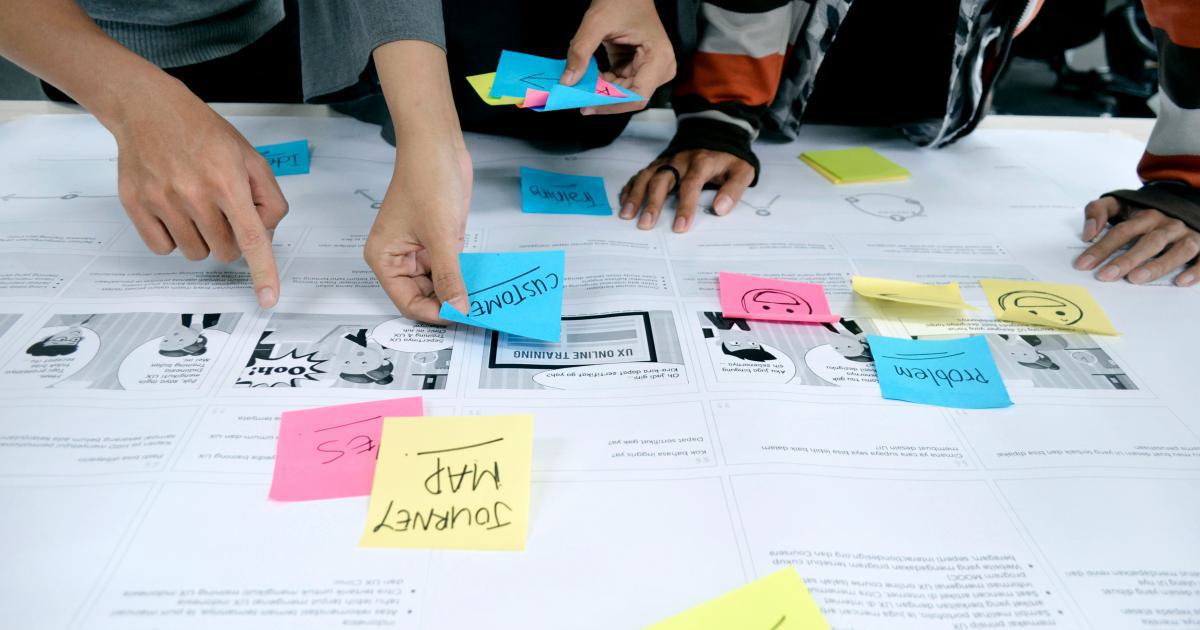
To build this culture, consider the following strategies:
Secure Buy-in from Leadership: Gain the support of your executive team by demonstrating the tangible benefits of A/B testing rich media, such as increased ROI, improved customer experience, and data-driven decision-making.
Empower Cross-Functional Collaboration: Encourage collaboration between your marketing, design, and development teams to ensure a cohesive, user-centric approach to rich media testing.
Establish Clear Testing Protocols: Define and document your A/B testing process, including guidelines for hypothesis formation, variation creation, and data analysis.
Celebrate Successes and Learnings: Recognize and reward teams for their contributions, and foster an environment where "failed" tests are viewed as valuable learning opportunities.
Continuously Communicate Insights: Share the results of your A/B tests, both successes and failures, to keep your organization informed and inspire further experimentation.
By fostering a culture of experimentation, you'll empower your team to think creatively, take calculated risks, and ultimately unlock the full potential of A/B testing rich media.
Overcoming Common Challenges in A/B Testing Rich Media
While the benefits of A/B testing rich media are substantial, it's not without its challenges. Here are some common obstacles you may encounter and strategies for overcoming them:
Insufficient Sample Size
Running A/B tests with a small audience can lead to inconclusive or unreliable results. To overcome this, ensure you have a large enough sample size to achieve statistical significance, and consider extending the test duration if necessary.
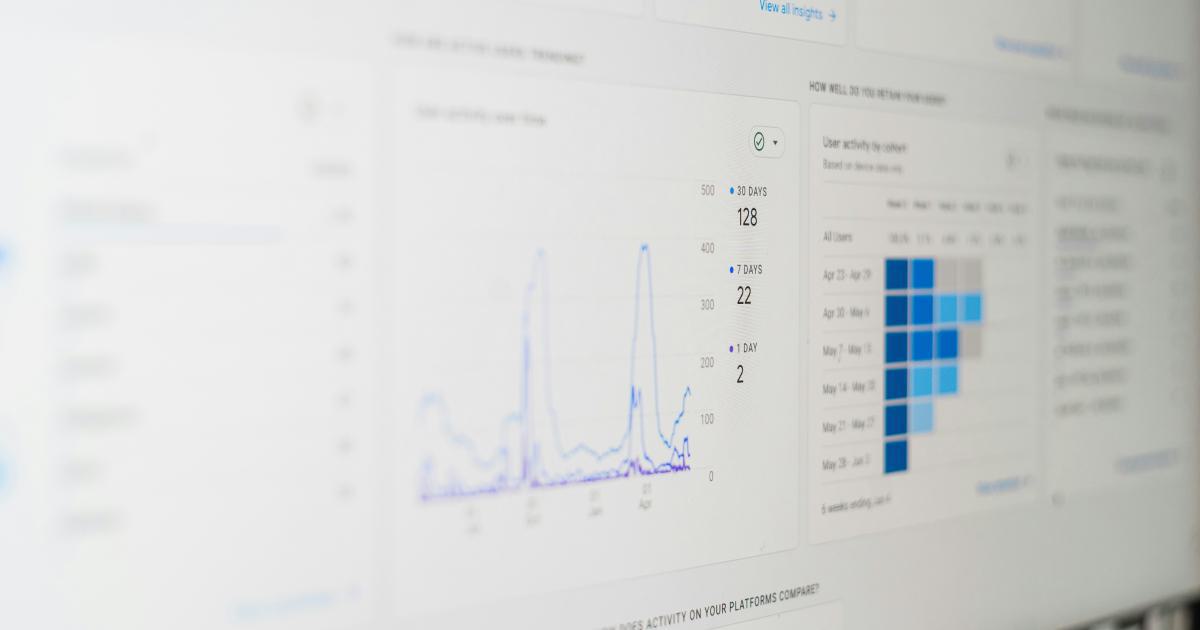
Interpreting Complex Data
Analyzing the results of rich media A/B tests can be more nuanced than traditional text-based tests, as you'll need to consider factors like visual appeal, user engagement, and psychological responses. Seek out data visualization tools and expert analysts to help you unpack the insights.
Technical Limitations
Implementing A/B tests for rich media can be more technically complex than simple text-based tests, especially when dealing with interactive elements or dynamic content. Work closely with your development team to ensure a smooth and reliable testing process.
Balancing Creativity and Optimization
While A/B testing is a powerful tool for optimization, it's important to maintain a balance between data-driven decisions and creative innovation. Encourage your team to explore bold, "out-of-the-box" ideas alongside more incremental variations.
Establishing a Testing Cadence
Determining the right frequency and duration for your A/B tests can be challenging. Experiment with different schedules to find the optimal balance between continuous improvement and maintaining statistical significance.
By addressing these common challenges head-on, you'll be better equipped to unlock the full potential of A/B testing rich media and drive meaningful improvements in your digital campaigns.
Putting A/B Testing Rich Media into Practice
Now that you understand the principles and benefits of A/B testing rich media, let's dive into a real-world example to illustrate how it can be applied in practice.
Case Study: Optimizing a Product Landing Page
Imagine you're the marketing manager for an e-commerce brand that sells high-end outdoor gear. Your team has just launched a new product line, and you want to ensure the landing page is as engaging and effective as possible.
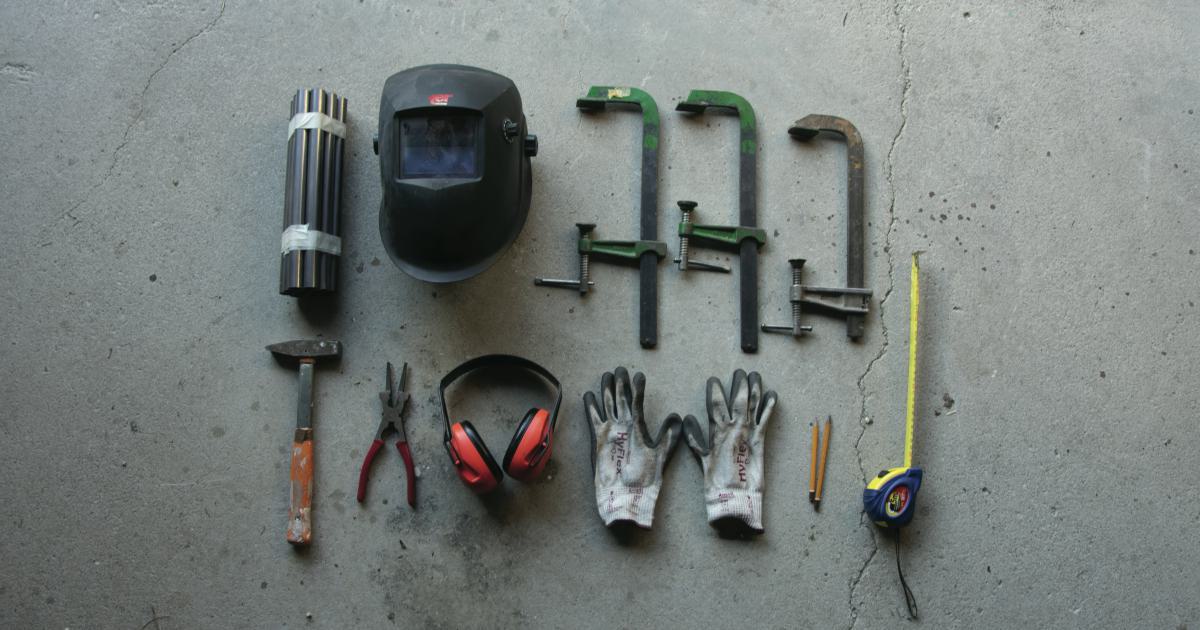
After reviewing the initial performance data, you notice that the click-through rate on the hero image is lower than expected. You decide to run an A/B test to see if a different image can improve engagement.
Step 1: Identify Testable Elements For this test, you'll focus on the hero image, as it's a critical element that can significantly impact user behavior on the landing page.
Step 2: Develop Test Variations You create two variations of the hero image:
- Variation A: A scenic landscape shot showcasing the product in use
- Variation B: A close-up product shot highlighting the product's key features
Step 3: Set Up the Test You implement the test on your landing page, ensuring that 50% of your audience sees Variation A and the other 50% sees Variation B.
Step 4: Collect and Analyze Data Over the course of two weeks, you monitor the performance of each hero image variation, tracking metrics such as click-through rate, time on page, and conversions.
Step 5: Determine the Winner Your analysis reveals that Variation B, the close-up product shot, significantly outperformed Variation A in terms of click-through rate and conversions. This suggests that your audience is more interested in seeing the product's details than a scenic lifestyle image.
Step 6: Implement the Winning Variation You update the landing page to feature the winning hero image (Variation B) and observe a notable increase in engagement and conversions over the following weeks.
Step 7: Iterate and Repeat Inspired by the success of this test, you decide to explore other opportunities for A/B testing rich media on the landing page. You might try testing different product video styles, comparing the performance of various infographic designs, or experimenting with interactive configurator tools.
By continuously optimizing the rich media elements on your product landing page, you're able to create a more engaging and effective experience for your customers, ultimately driving better business results.
Conclusion: Unlocking the Power of A/B Testing Rich Media
As the digital landscape continues to evolve, the ability to create visually stunning and interactive content has become a crucial competitive advantage. By embracing the power of A/B testing rich media, you can unlock a deeper understanding of your audience's preferences, refine your digital campaigns, and drive measurable improvements in engagement and performance.

Remember, the key to successful A/B testing of rich media lies in establishing a culture of experimentation, continuously testing and iterating, and leveraging data-driven insights to inform your decision-making. By following these principles, you'll be well on your way to boosting engagement, improving the customer experience, and achieving your marketing goals.
So, what are you waiting for? Start exploring the exciting world of A/B testing rich media and unlock the full potential of your digital campaigns.